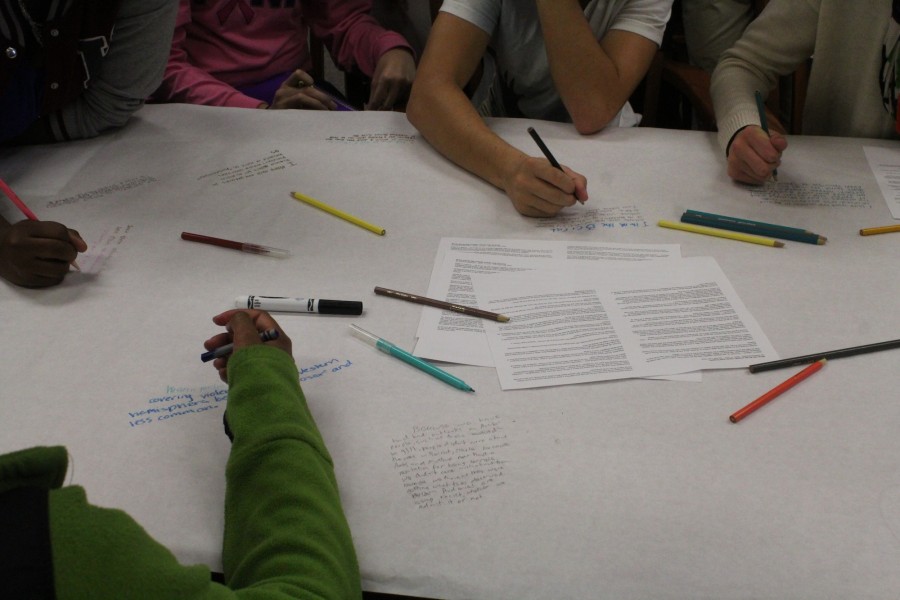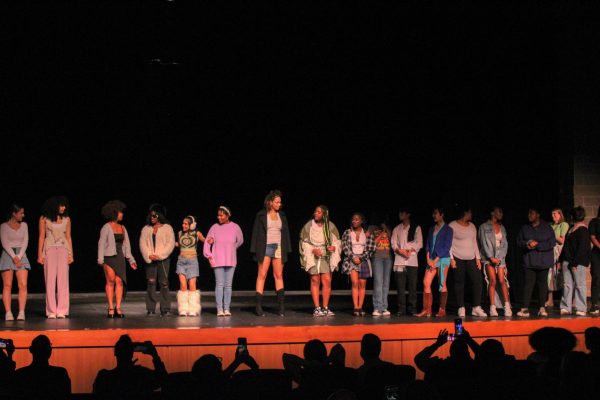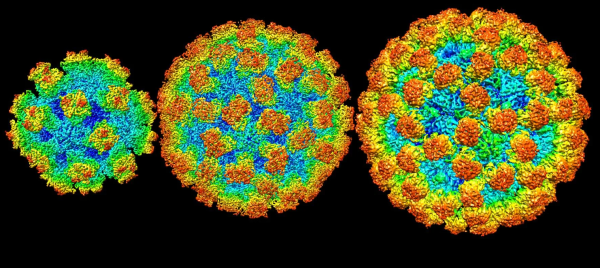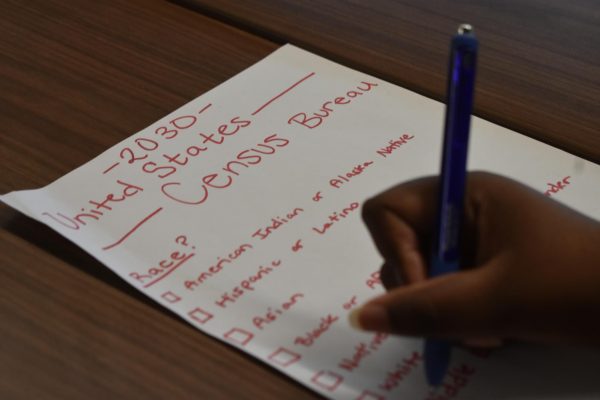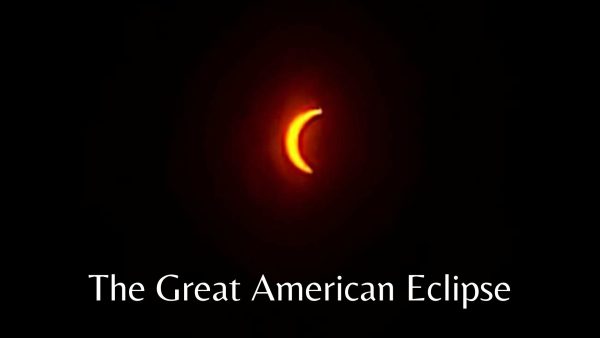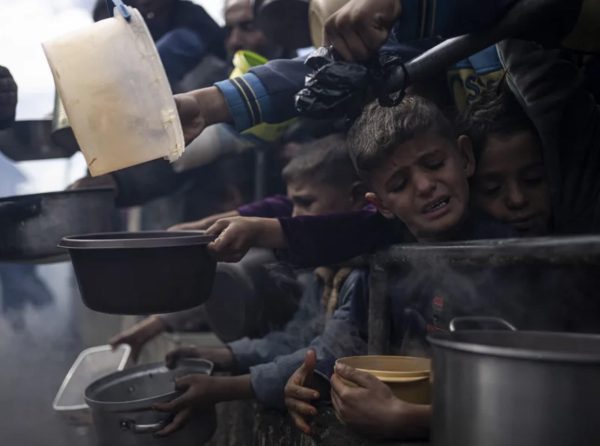History teachers gather students to discuss recent attacks
Students gather around large sheets of paper to read articles and discuss their opinions. There were also questions that went along with the articles and participants wrote their responses.
November 17, 2015
Three days after the tragic shootings and bombings in Paris and four days after the horrific bombing in Beirut, AP world history teacher Carolyn Galloway organized a collaboration with other history teachers to discuss terrorism and how it impacts people both directly and indirectly. The activity took place in the library and students read articles that discussed both terrorism and how people reacted to it. After reading in separate groups, they answered questions and responded to other student’s answers.
“These topics basically shape politics and shape everything about our world right now. I think it is really important we take the time to give them the due diligence and the importance that they deserve,” Galloway said.
The different groups discussed separate articles and answered questions that correlated. The activity included six stations with different topics. One article discussing social media and people policing others’ tragedy received emotional reaction from many students.
Junior Mia Grizzle wrote: “Social media is used as a tool to connect with loved ones in a time of tragedy so we shouldn’t limit that. We should use it because it’s there and no one has the right to limit the grievances of others by telling them not to post on social media.”
After the students cycled through the stations, Galloway asked questions for all students in the library to discuss. She presented a question and students could volunteer to answer. People shared their views in ways they could not in normal class settings.
Multiple teachers took time from their planned period to allow their students to interact and hold a necessary conversation on terrorism. Teachers helped by providing factual information on the events that took place. The articles and questions allowed for students to formulate their own opinions and understand extremism and how others respond to it.




